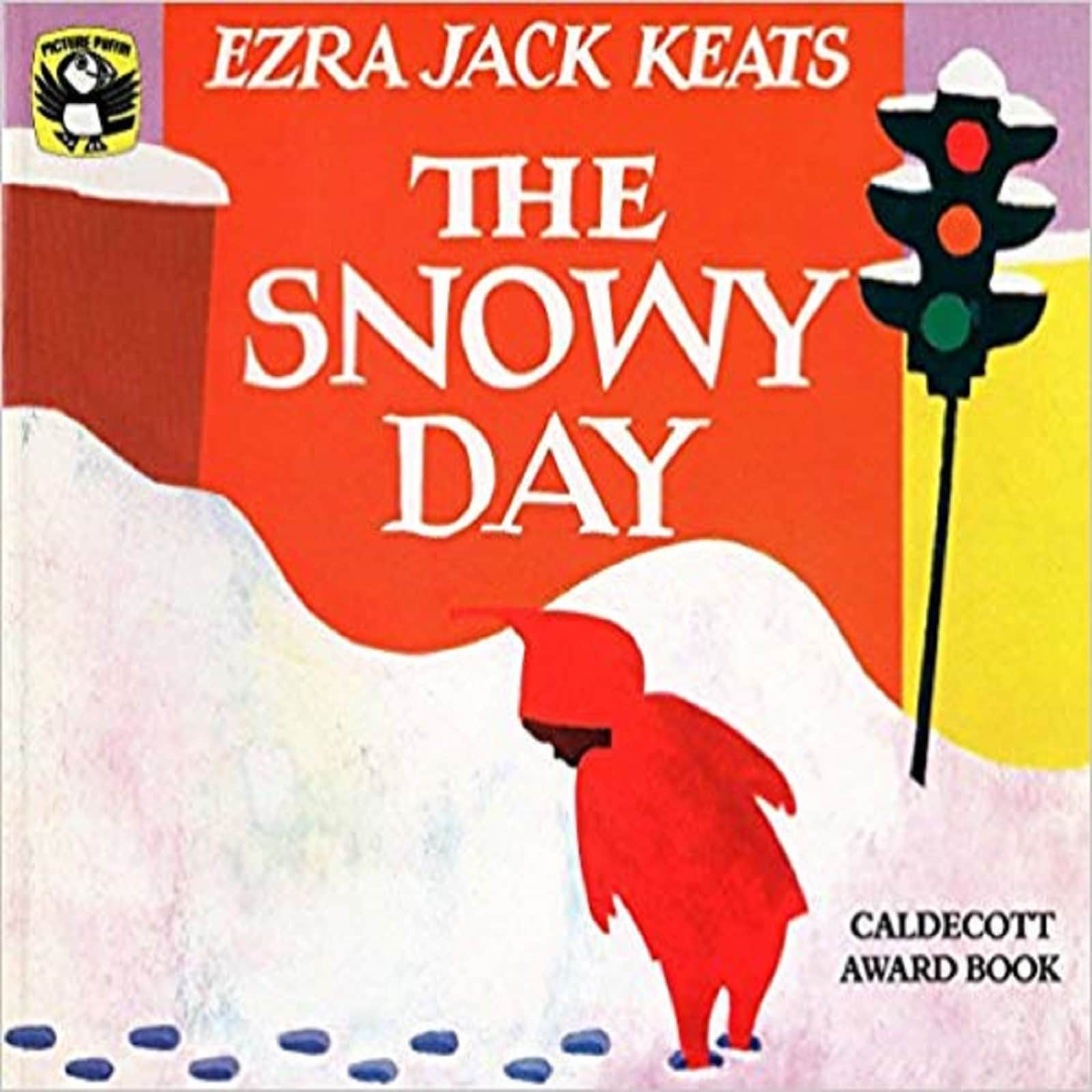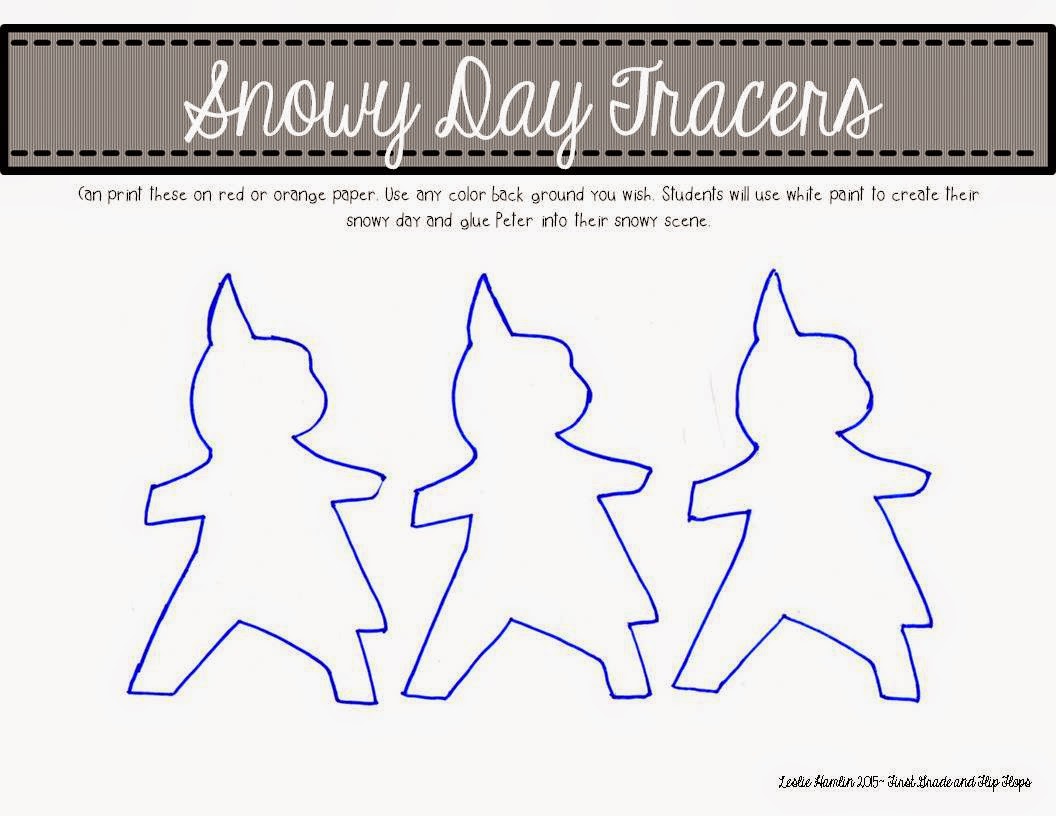

For more than two decades, Ezra had kept pinned to his wall a series of photographs of an adorable African American child. But it was many years before Keats's greatest dream was realized and he had the opportunity to write and illustrate his own book. Later, jobs followed with the WPA and Marvel comics. By high school he was winning prizes and scholarships. The family were struggling Polish immigrants, and despite Keats's obvious talent, his father worried that Ezra's dream of being an artist was an unrealistic one. The story of The Snowy Day begins more than one hundred years ago, when Ezra Jack Keats was born in Brooklyn, N.Y. Perhaps the busyness of daily life in the 21st century makes us appreciate Peter even more-a kid who has the luxury of a whole day to just be outside, surrounded by snow that's begging to be enjoyed." - The Atlantic Ezra Jack Keats's classic The Snowy Day, winner of the 1963 Caldecott Medal, pays homage to the wonder and pure pleasure a child experiences when the world is blanketed in snow."A celebration of the extraordinary life of Ezra.

"Keats made Peter's world so inviting that it beckons us.

(This book is also available in Spanish, as Un dia de nieve.) Ezra Jack Keats was also the creator of such classics as Goggles, A Letter to Amy, Pet Show!, Peter's Chair, and A Whistle for Willie. The quiet fun and sweetness of Peter's small adventures in the deep, deep snow is perfect for reading together on a cozy winter day. Universal in its appeal, this story beautifully depicts a child's wonder at a new world, and the hope of capturing and keeping that wonder forever. New York Public Library's #1 book on the list of "Top Check Outs of All Time" In 1962, a little boy named Peter put on his snowsuit and stepped out of his house and into the hearts of millions of readers. This celebrated classic has been shared by generations of readers and listeners, a must-have for every child's bookshelf and a perfect gift for the holiday season. The magic and wonder of winter's first snowfall is perfectly captured in Ezra Jack Keat's Caldecott Medal-winning picture book.


 0 kommentar(er)
0 kommentar(er)
